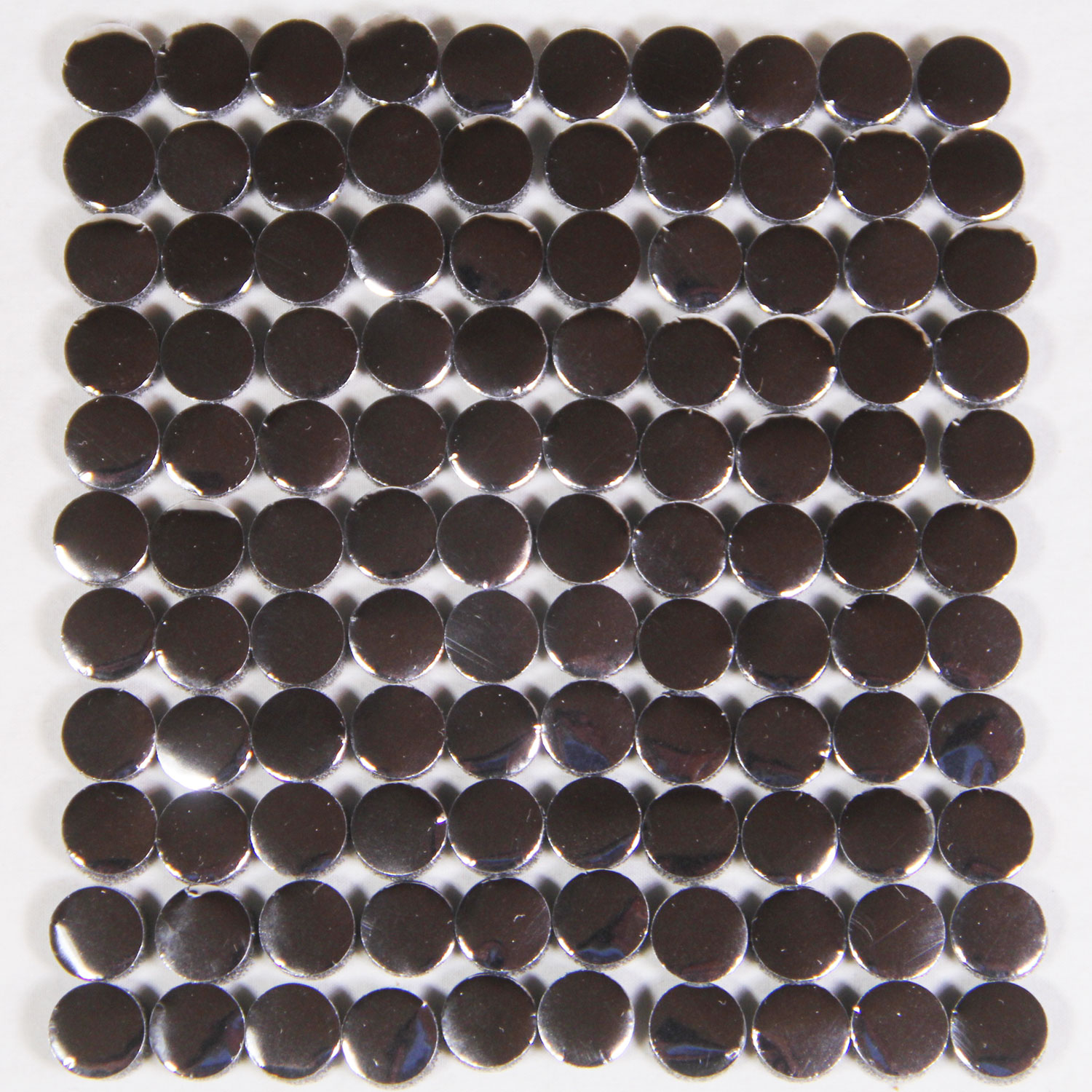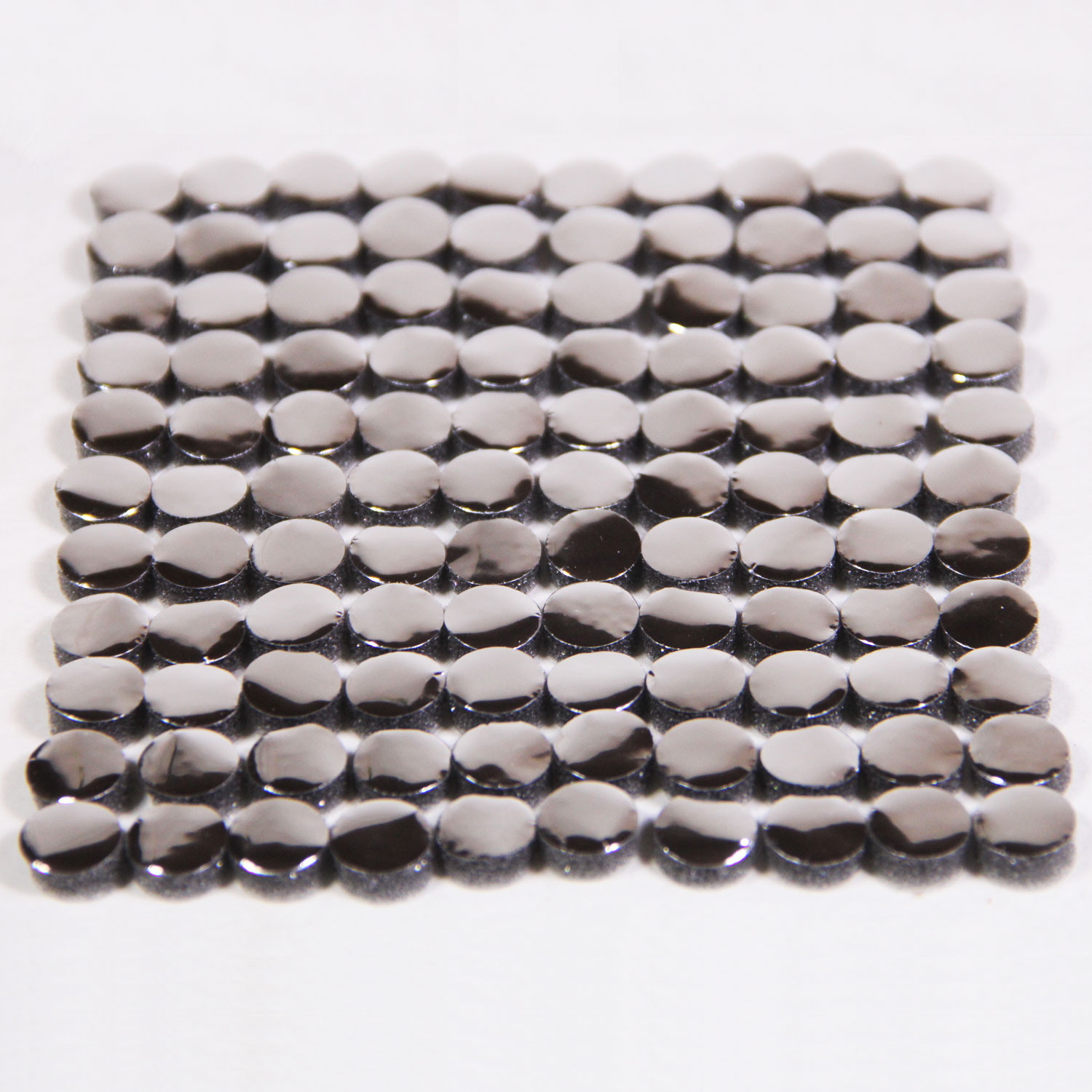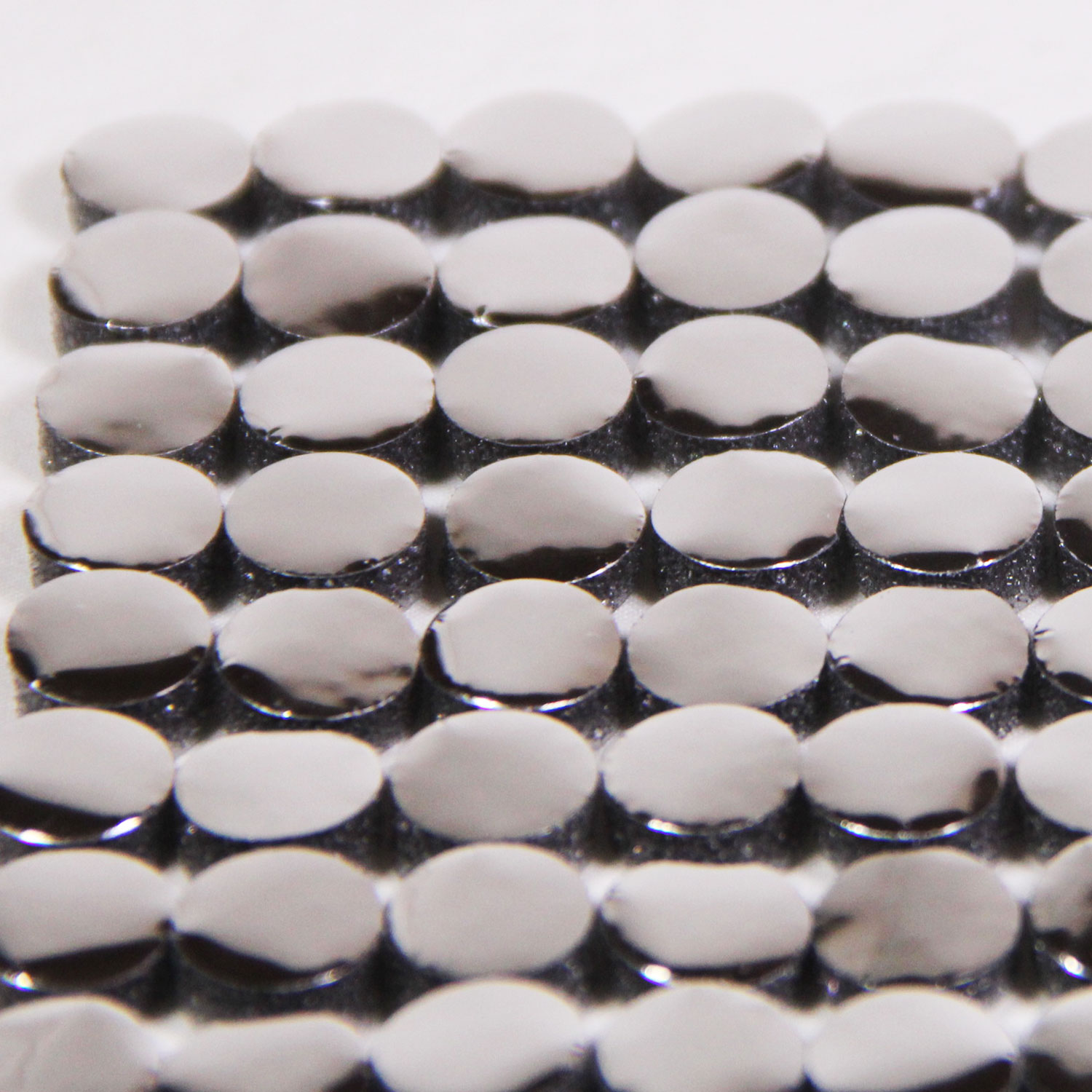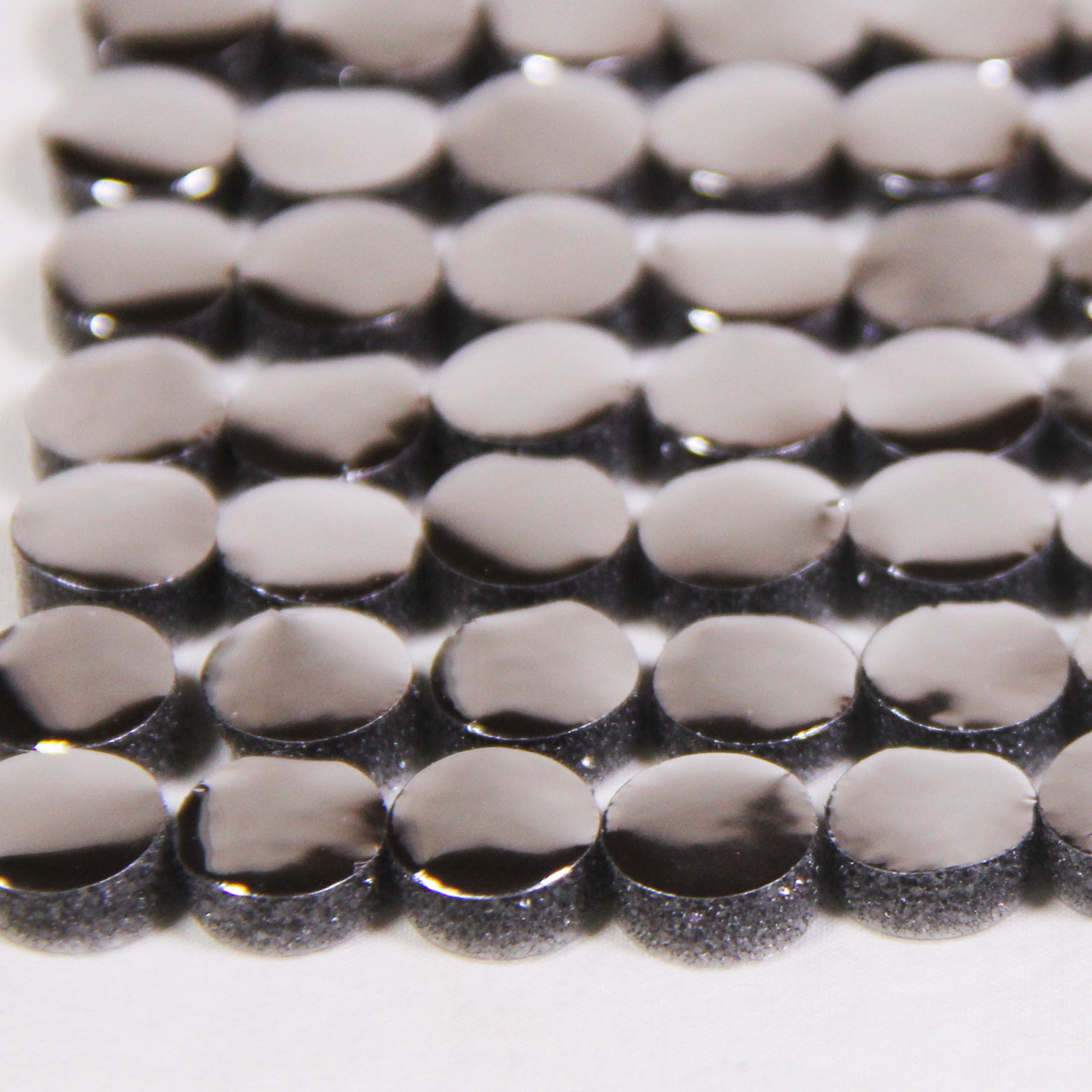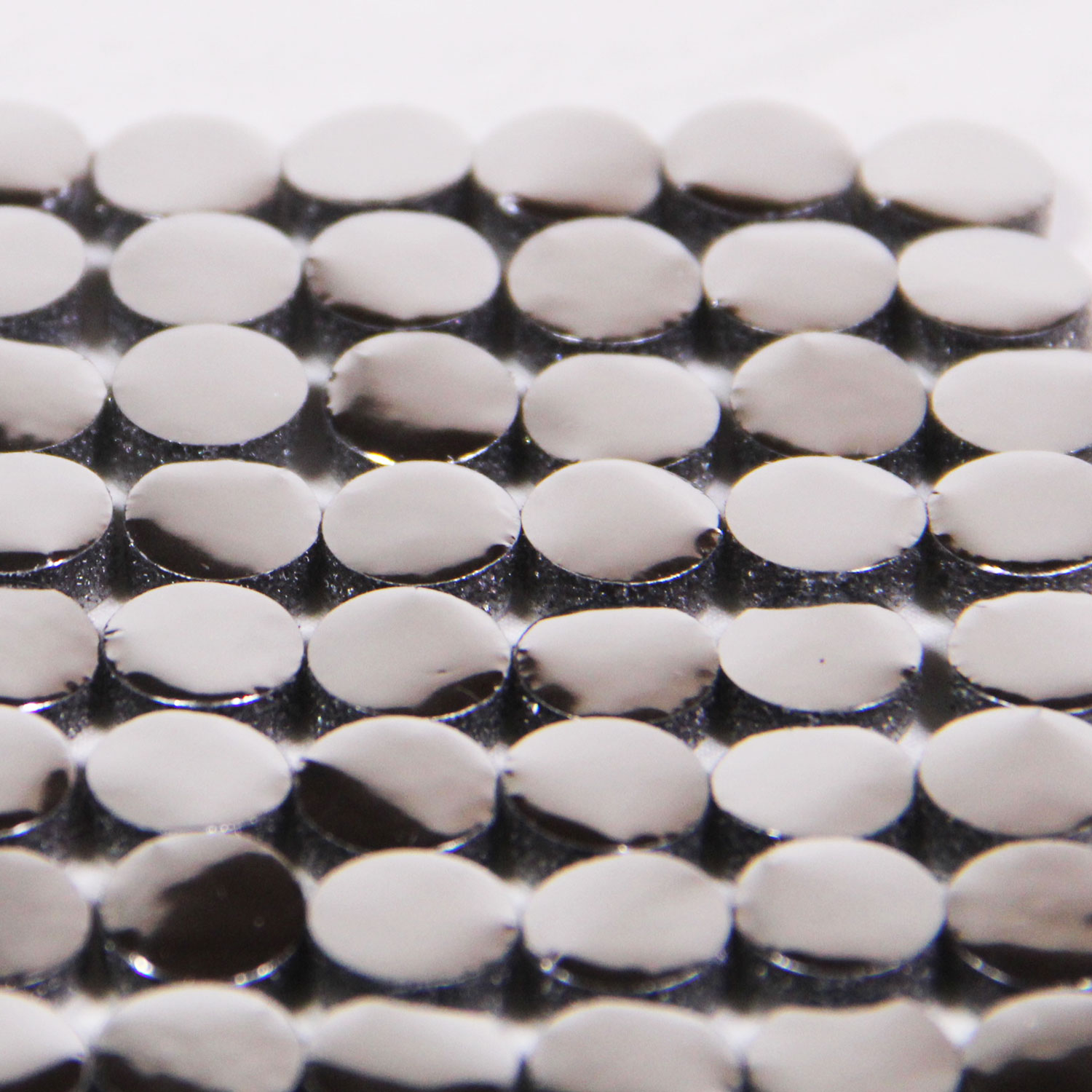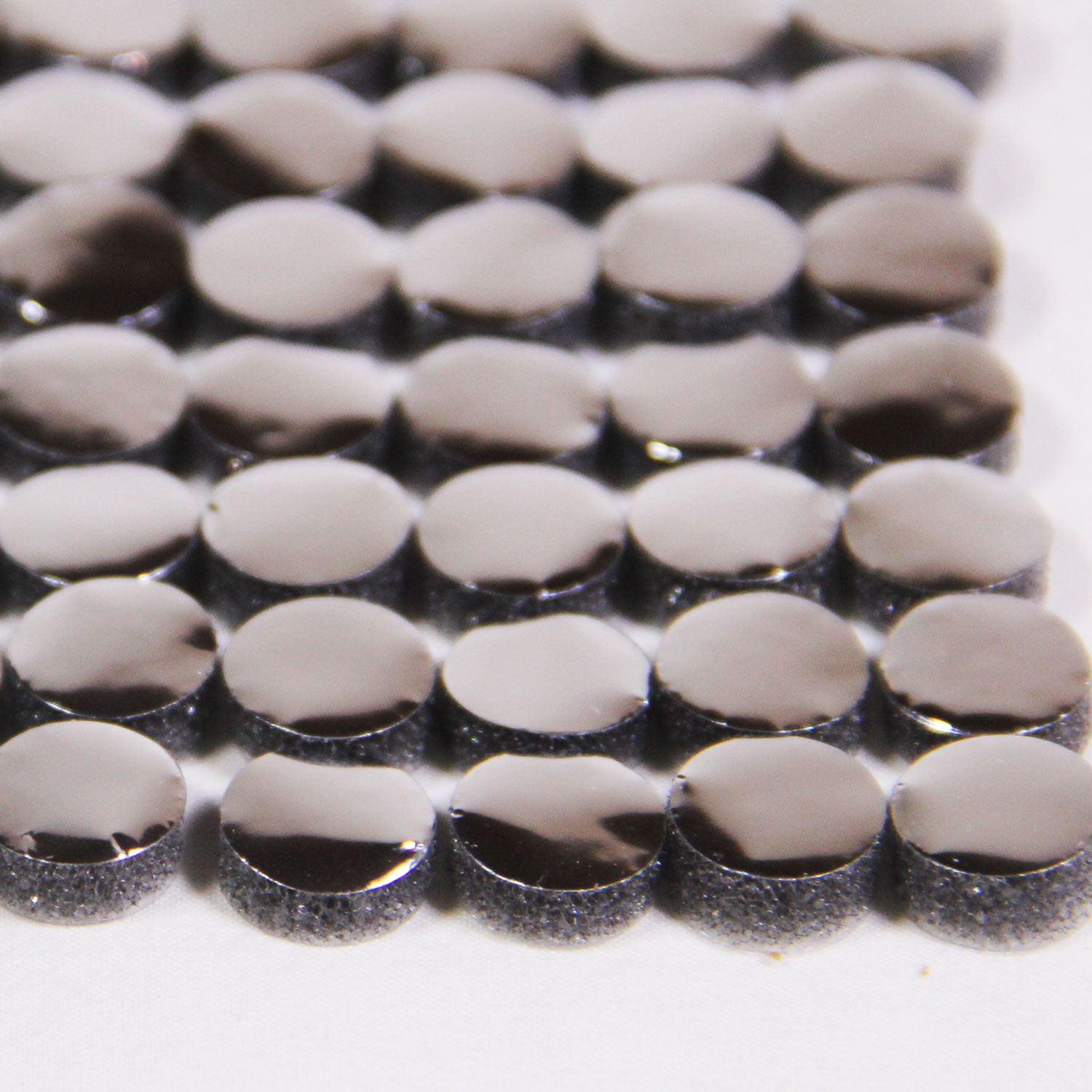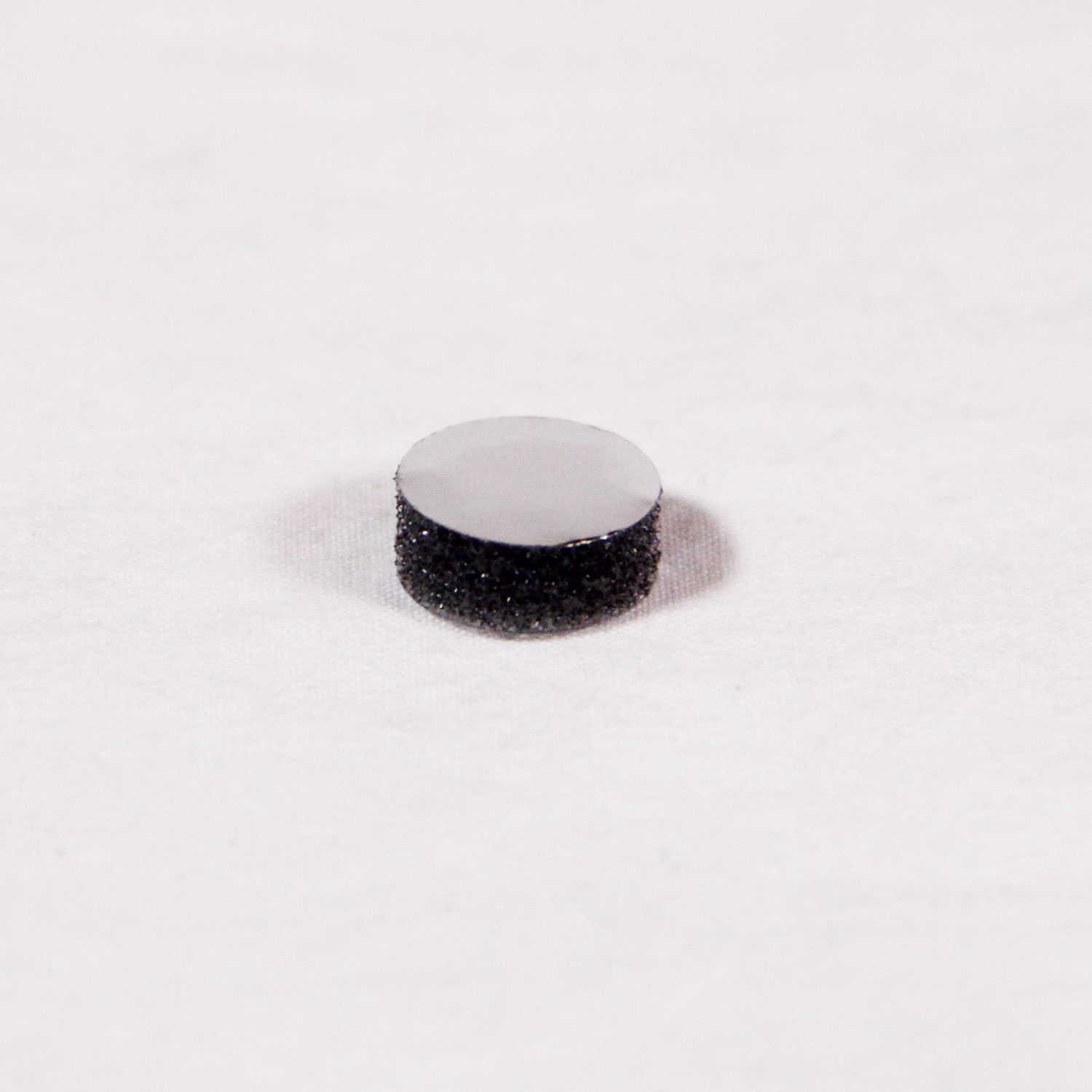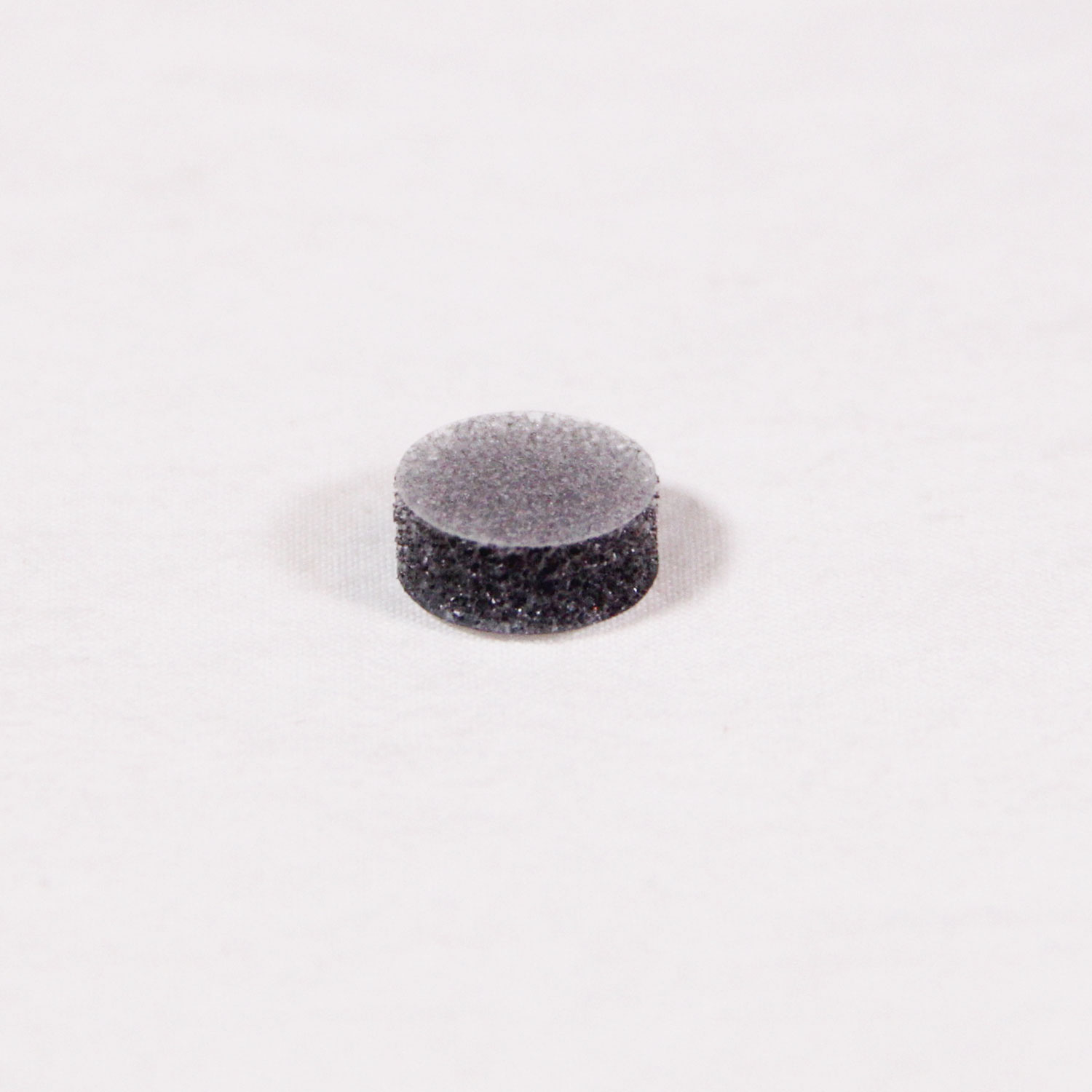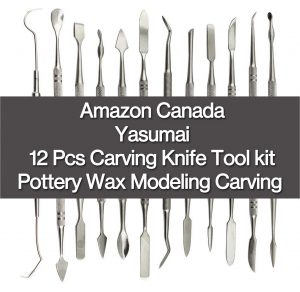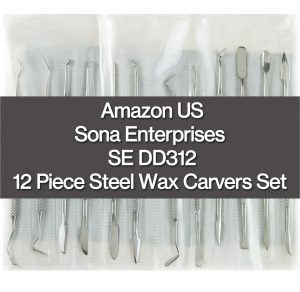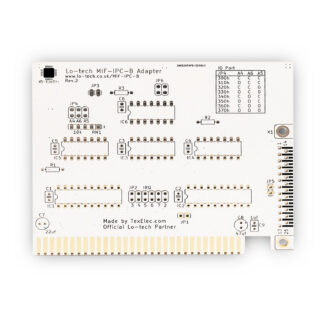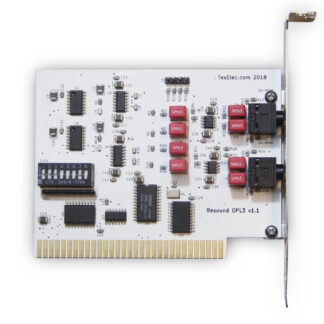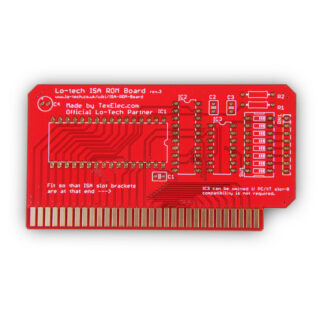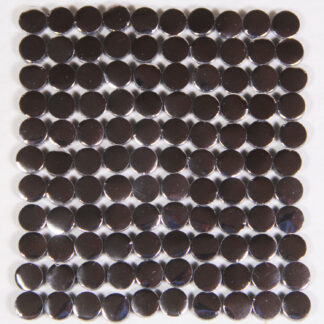Description
This set of 105 count foam capacitive pads for repairing vintage KeyTronic and BTC keyboards with deteriorating foam pads. These are homemade in house and the 105 should cover what you need with a few extras for your convenience. These will work on keyboards for many different kinds of vintage computers. If it has a KeyTronic keyboard it is likely it has pads inside which are disintegrating and in need of replacement. Even if you have only a few keys not functioning it’s likely the rest will start to go soon. It’s just a matter of time before that foam starts falling apart. I highly recommend replacing them all while you have your keyboard apart so you can get many more years of use with no worries. The pads measure 7/16” (11mm) in diameter and 3/16” (5mm) tall.
Here is a list of just SOME computers which have the KeyTronic style contact “foam and foil” mylar pads: Apple Lisa 1 and 2, AVL Eagle K69, Compaq Portable, Compaq Deskpro 286 AT keyboard, Compaq Enhanced Keyboard, Curvus Concept, Datapoint (all late models 1800, 8600, 8200, etc.), DEC, Franklin Ace 1000/1100/1200, GenRad, IBM PCjr (some), Kaypro II, Key Tronic Model F clone series, Macintosh XL, Mainframe Terminals (some), Miniterm 1203, Northstar Advantage, Sirius 1, Sol-20, Sol-220, SUN Type 4, Tandberg Data TDV 2115C, Tandy TRS-80, Tektronix 4107, Unisys F420800, Victor 9000, Visual Technology 1050, Wang. While I’m not certain that this list is complete, it’s a good start!
These pads have also been used on a BTC (Behavior Tech Computer Corp) keyboard! If you have a BTC keyboard please let me know so I can add to the list. The more computers that get verified means more computers can be repaired with a bit less headache. 🙂
These new pads have been successfully tested on the following computers: ABC 80 (Advanced BASIC Computer 80), Acorn Archimedes Axxx, Apple Lisa, ACT Apricot PC/XI, BTC5339sx, Compaq Portable, Columbia Data Products 1600 VP (BTC Keyboard), Compaq Portable Plus, Corona (Cordata) PPC-400, Eagle 105 Enhanced Keyboard (used on Eagle 1600 and Eagle PC machines), Franklin Ace 1000/1200, FutureData/GenRad 2300 Advanced Development System (ADS) console, Hyperion, Kaypro II, KeyTronic Trak101 (trackball part number is NSI KB34-1542), Macintosh XL, Mostek SYS-80FT, NorthStar Advantage, Sol-20, Sperry Univac UTS40, Tandy TRS-80, Tektronix, Victor 9000, Visual 55, Wang Professional.
We would love to add your computer to the official tested list after installation. Please don’t hesitate to send an email letting us know about your experience using these pads!
Our goal is to provide fully assembled pads that require no deconstruction, cleaning, cutting, punching or gluing for all KeyTronic keyboard restorations. All feed back is welcome and appreciated!
I just recently discovered that our pads have made it to Wikipedia!
I have prepared a quick video demonstrating the removal and replacement of one pad in your keyboard below. In the video I failed to mention that it is easiest to have the key pressed (well raised in this case as you are looking at the back of the keyboard) when changing the pad. In my video I have it propped up on a pen so that the key is raised. This makes it easier to get the dental pick in the groves and around the pads. Another thing I have run across is that sometimes there is some corrosion or cloudiness on the board itself. I find that simply taking a pencil eraser and rubbing it on the conductive pad on the board will clear that right up. Other times, like in cases of corrosion, cleaning with rubbing alcohol will be necessary. These pads will not fix previously non-functioning keys due to severe surface corrosion that cannot be repaired by only cleaning, or other problems with your keyboard.
When you test your pads after replacing them all be sure to put all the screws back in the board, not just a few of them. You don’t need to put the shell back on, but it is best to have all screws in the board or all the pads may not make contact properly during your test. If you have any questions please don’t hesitate to contact us and we will answer as soon as possible.
We have upgraded to a new capacitive material, aluminum plated Mylar, and are now using open cell foam similar to the OEM foam. If you purchased pads from us prior to these changes and are having issues please read all about our KeyTronic foam pad saga in our blog post found here. If your pads are a blue like hue and not highly reflective, like foil, then you have some of our old pads. You may also be having issues with some white foam pads with aluminum plated Mylar if you have a SOL or possibly other computers from that era. I was only originally made aware of these issues with the SOL. Please don’t hesitate to contact us if you have had difficulty with any pads.
You may notice that I am using an old revision of the pads in the video but rest assured the installation remains the same:
The 8-Bit Guy restored his Compaq using these very pads, take a look:
Here is a video from one of our customers installing our pads in his Apple Lisa. He uses a very nifty tool that makes these even easier to install:
Both videos use tools that can be found in wax/pottery/clay carving and spatula sets on Amazon or eBay. Here are just two examples to help get you started looking for these tools if you don’t already have a tool you can use:

